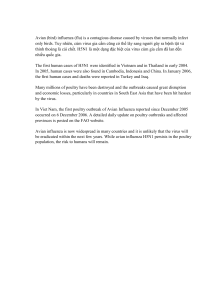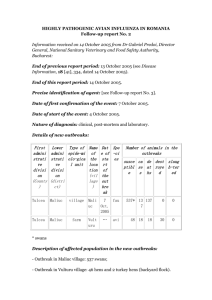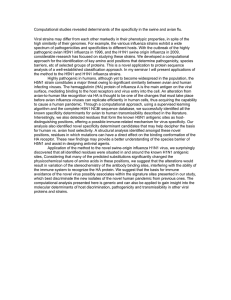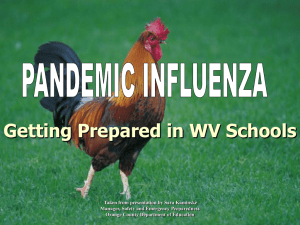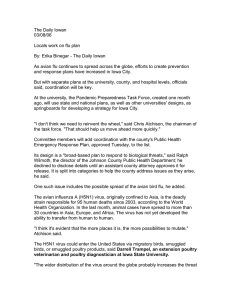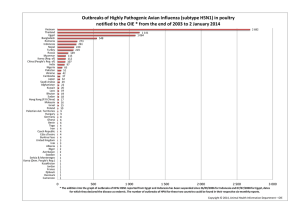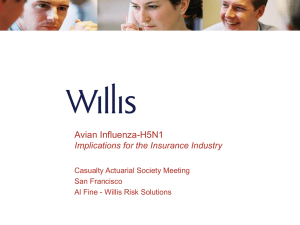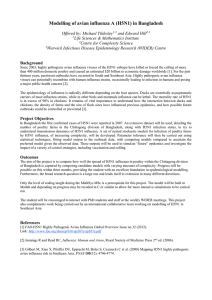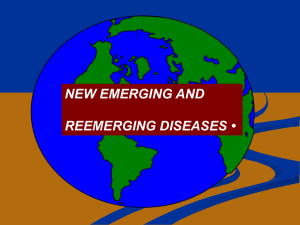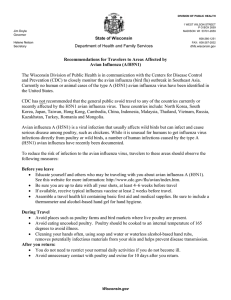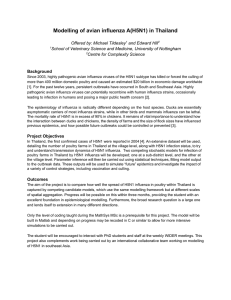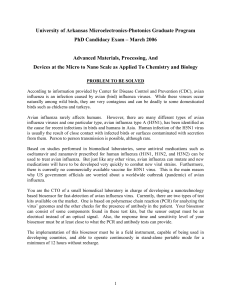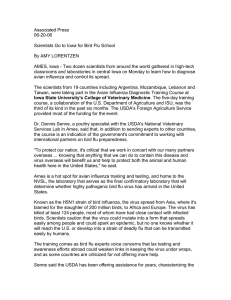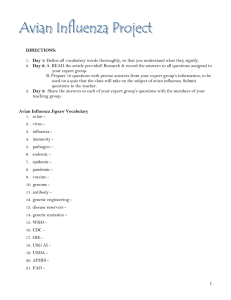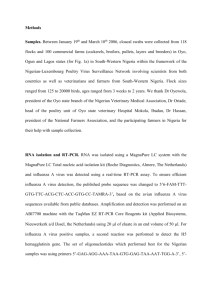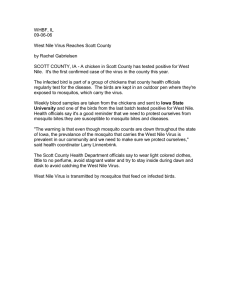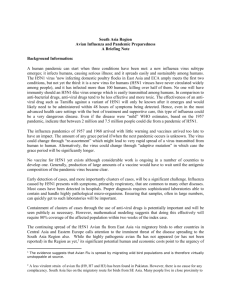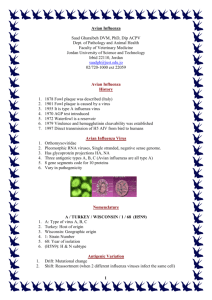The remarkable intersection of West Nile virus, avian
advertisement
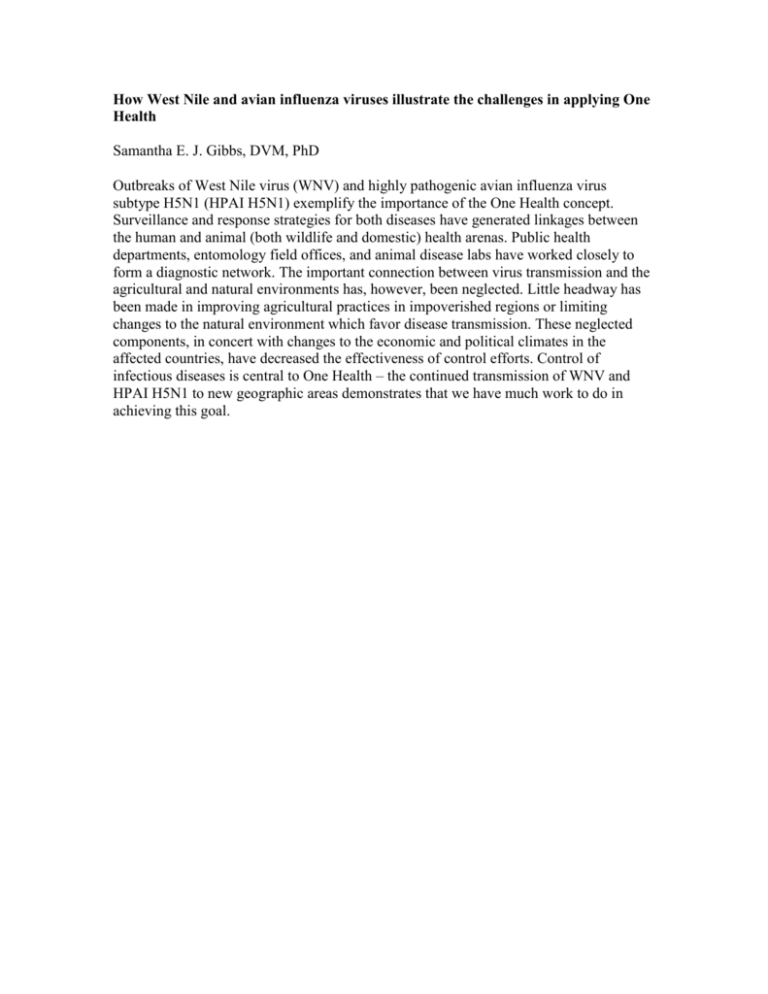
How West Nile and avian influenza viruses illustrate the challenges in applying One Health Samantha E. J. Gibbs, DVM, PhD Outbreaks of West Nile virus (WNV) and highly pathogenic avian influenza virus subtype H5N1 (HPAI H5N1) exemplify the importance of the One Health concept. Surveillance and response strategies for both diseases have generated linkages between the human and animal (both wildlife and domestic) health arenas. Public health departments, entomology field offices, and animal disease labs have worked closely to form a diagnostic network. The important connection between virus transmission and the agricultural and natural environments has, however, been neglected. Little headway has been made in improving agricultural practices in impoverished regions or limiting changes to the natural environment which favor disease transmission. These neglected components, in concert with changes to the economic and political climates in the affected countries, have decreased the effectiveness of control efforts. Control of infectious diseases is central to One Health – the continued transmission of WNV and HPAI H5N1 to new geographic areas demonstrates that we have much work to do in achieving this goal.
